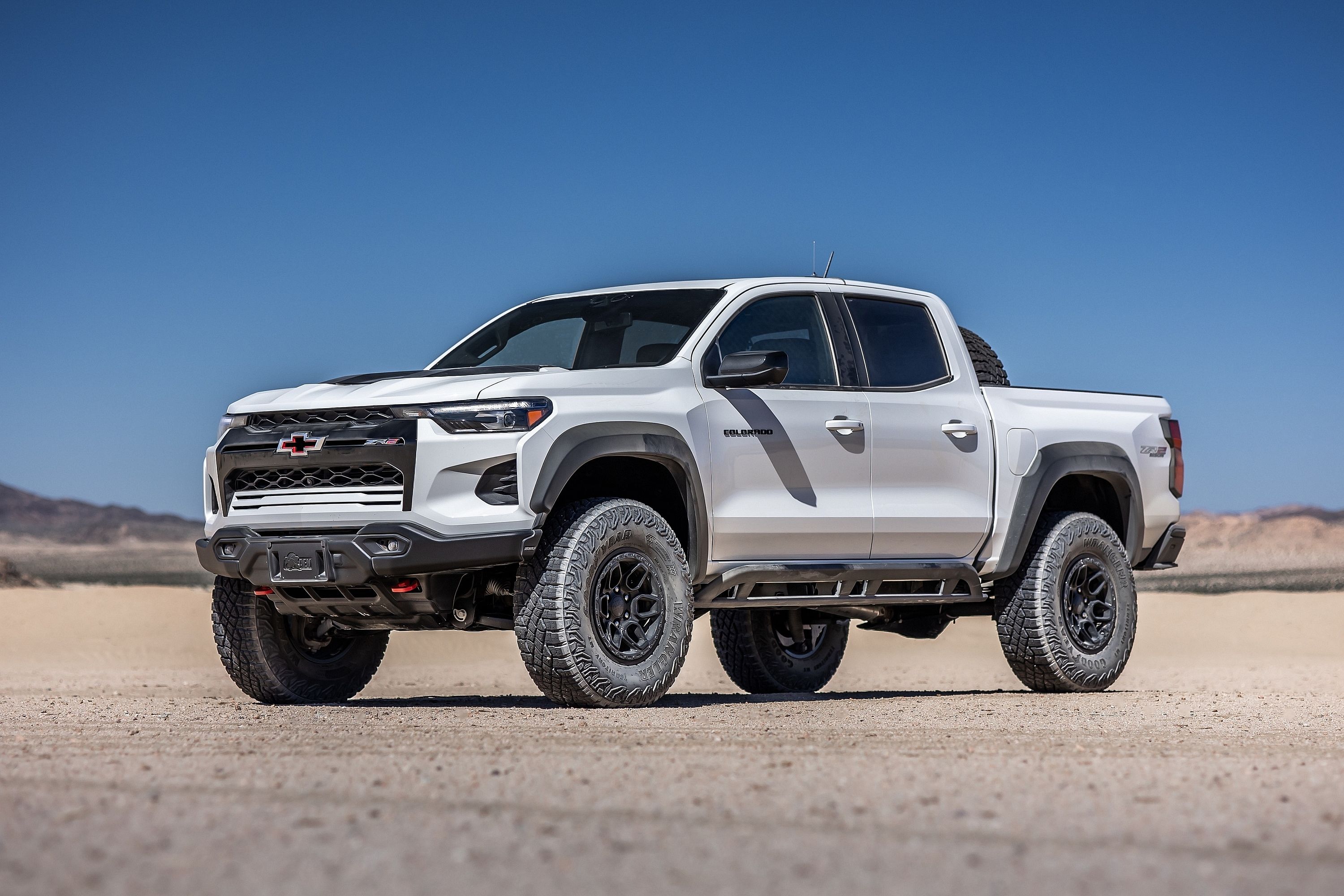
This wasn't just any type of hardcore off-road, multi-purpose vehicle. No, this one is for America's troops. GM Defense, a subsidiary of General Motors, has just announced it's won a huge contract to build the next-generation Infantry Squad Vehicle (ISV).
The contract with the US government is valued at $213.4 million but the Army is only authorized to buy up to 649 vehicles for now. The contract allows it to purchase up to 1,070 vehicles over an eight-year period, but the eventual goal is to buy 2,065 vehicles.
The ISV is described as a "light and agile all-terrain troop carrier intended to transport a nine-Soldier infantry squad moving throughout the battlefield." Equally impressive is that it can be loaded from a UH-60 Blackhawk helicopter and it is compact enough to fit inside a CH-47 Chinook helicopter for air transport.
If the ISV looks vaguely familiar you're right. It's actually based on the Chevrolet Colorado ZR2 hardcore off-road pickup truck architecture and utilizes nearly 90 percent off-the-shelf parts. A few examples include the Multimatic dampers and Chevrolet Performance suspension components. Under the ISV's hood is something else familiar: the 2.8-liter Duramax inline-four turbo-diesel engine with 186 horsepower and paired to a six-speed automatic transmission. Sticking with this powertrain means ISV maintenance will be a breeze, as will maintaining sufficient supply.
"Winning this Army award is well-deserved recognition for the hard work and dedication of our GM Defense team and their production of a fantastic vehicle. We are confident the GMD ISV will meet and exceed all of our customers' requirements," said David Albritton, president of GM Defense.
Looking further down the road, GM Defense is actively developing hydrogen fuel cell technology that could replace diesel powertrains entirely. The second vehicle pictured in this article is based on the SURUS hydrogen fuel cell platform. Not only is it capable of high-performance but it's also zero emissions.
No mention was made in the press release regarding the development status of this more advanced platform, but chances are we'll be seeing it again in the near future.
